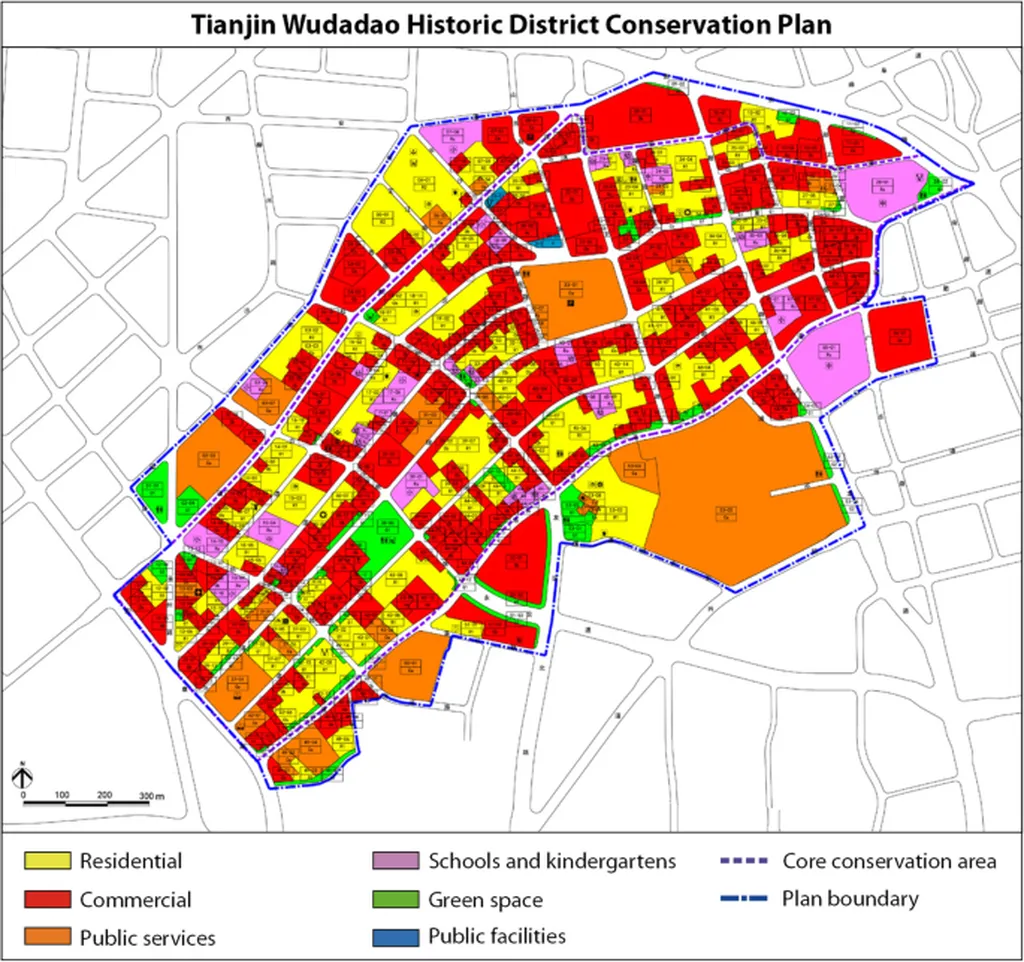In the world of architectural heritage conservation, a delicate balance must be struck between preserving the past and embracing the future. A recent study published in the *ISPRS Annals of the Photogrammetry, Remote Sensing and Spatial Information Sciences* (Annals of the International Society for Photogrammetry and Remote Sensing) introduces a novel framework that could revolutionize how we approach this balance. Led by X. Wang from the School of Architecture at Tianjin University, the research presents the KSQI paradigm, a method that integrates domain expertise with digital modeling to enhance heritage conservation efforts.
The KSQI paradigm—standing for Knowledge-Semantics-Quantities-Image—aims to bridge the gap between precise physical documentation and interpretative design knowledge. Current Heritage Building Information Modeling (HBIM) approaches often prioritize either geometric accuracy or semantic richness, leaving a void in comprehensive documentation. “Our framework systematically connects domain expertise with digital modeling, ensuring that spatial accuracy and architectural semantics are balanced,” Wang explains. This balance is crucial for informed conservation decisions and dynamic, semantically rich assets for future applications.
The study introduces an *as-recognized modeling* approach, which includes a conservation cycle-guided information indexing system. This system allows teams from different disciplines to maintain their working habits by handling data and models separately before recoupling them through a BIM team. Additionally, the research develops a pattern book tooling solution with check forms for hierarchical investigation and algorithm modeling generators. By linking physical attributes with design logic, KSQI enhances information management and supports iterative knowledge updates.
One of the most compelling aspects of this research is its potential impact on the energy sector. As buildings become smarter and more energy-efficient, the ability to accurately document and model heritage structures can inform retrofitting projects that preserve historical integrity while improving energy performance. “This framework ensures that models serve as dynamic assets for conservation, research, dissemination, and digital twin applications,” Wang notes. This could lead to more sustainable practices in the energy sector, where heritage buildings are often seen as energy drains but could be transformed into models of efficiency with the right tools.
The case studies presented in the research demonstrate the effectiveness of the KSQI paradigm in encoding both as-built conditions and historical, traditional design and construction principles. This reinforces the ‘H’ in HBIM, emphasizing the importance of history and heritage knowledge in digital modeling. As the field of heritage conservation continues to evolve, the KSQI paradigm offers a promising path forward, ensuring that our architectural heritage is preserved and enhanced through innovative technology.
In a world where digital twins and smart metric surveys are becoming increasingly important, the KSQI paradigm could shape future developments in heritage documentation. By providing a framework that balances accuracy and semantics, this research paves the way for more informed, sustainable, and dynamic conservation practices. As Wang and his team continue to refine this approach, the potential applications in the energy sector and beyond are vast, offering a glimpse into a future where heritage and technology coexist harmoniously.

